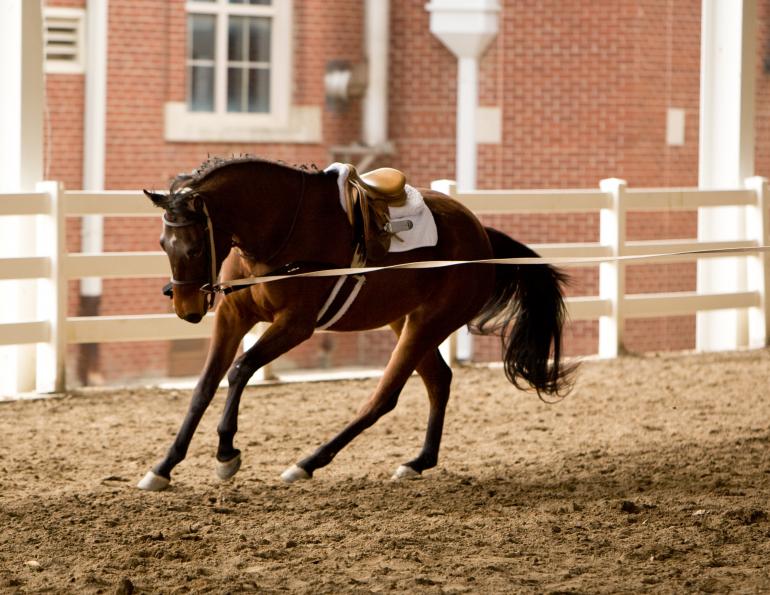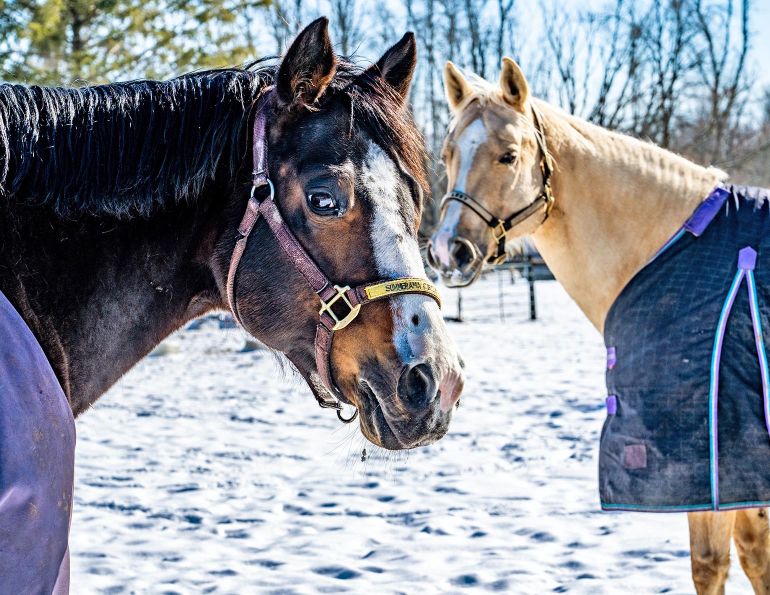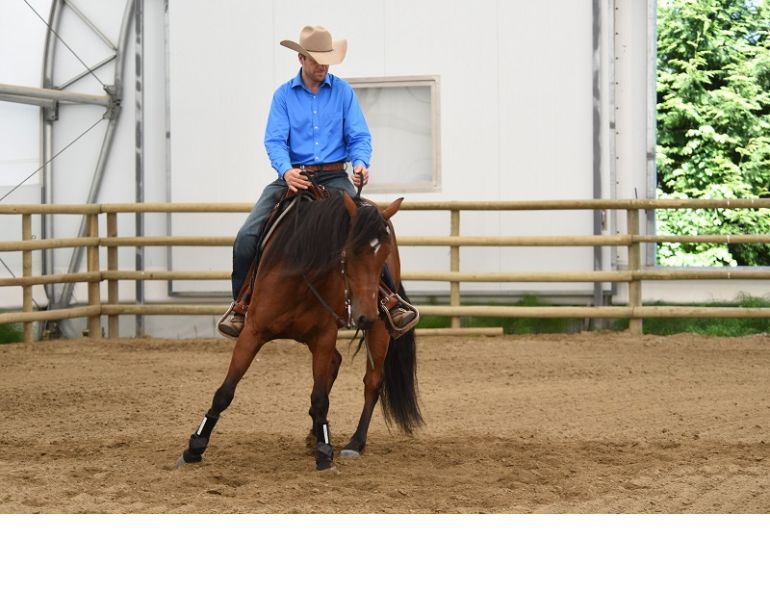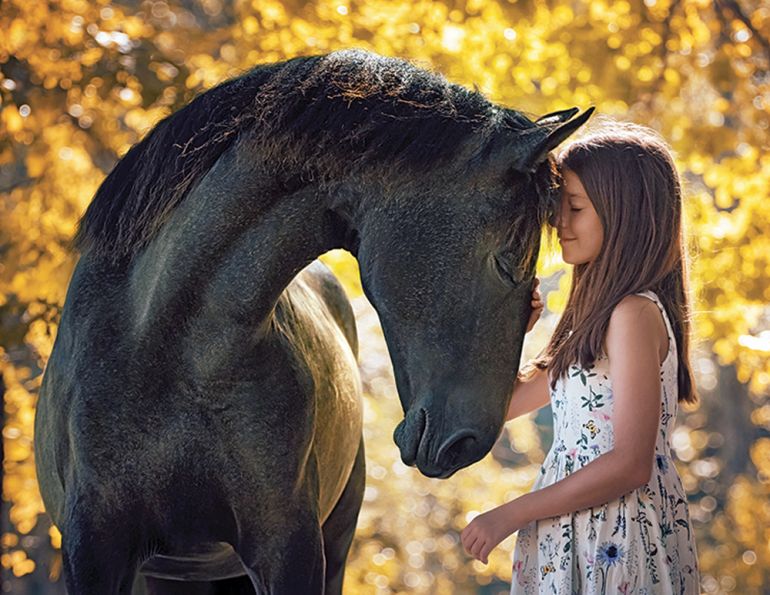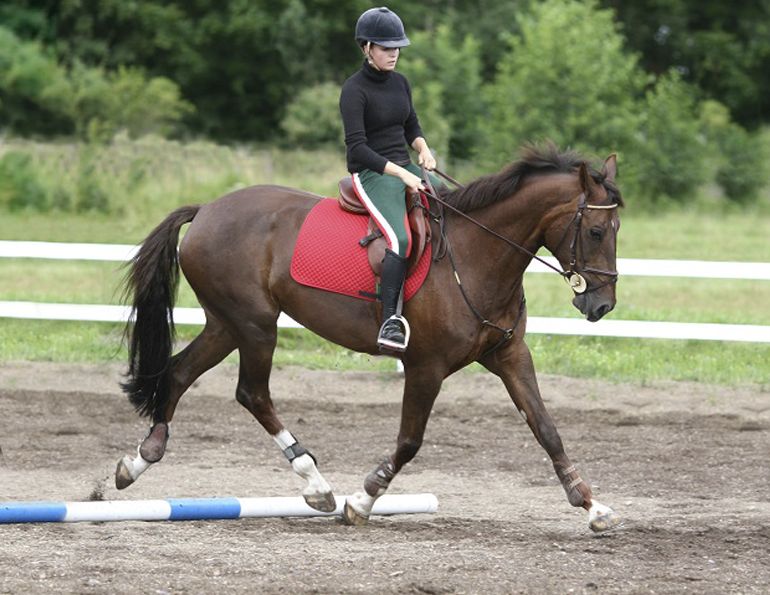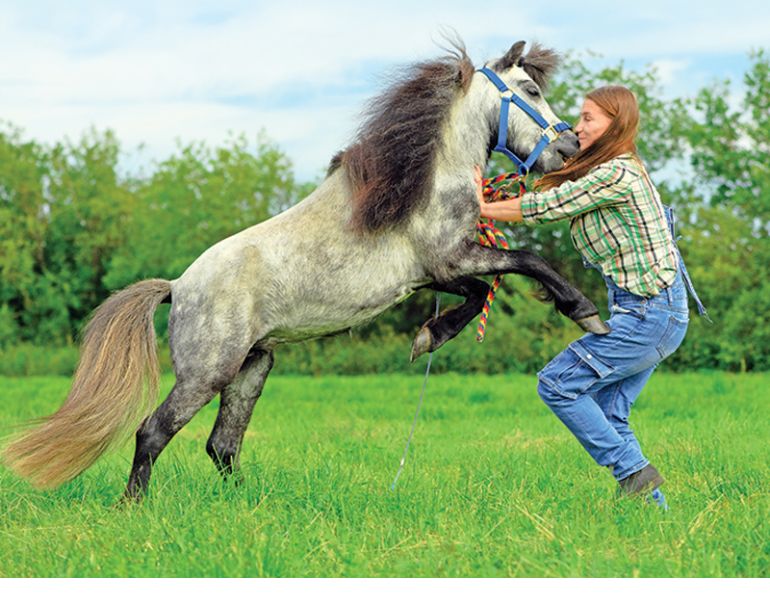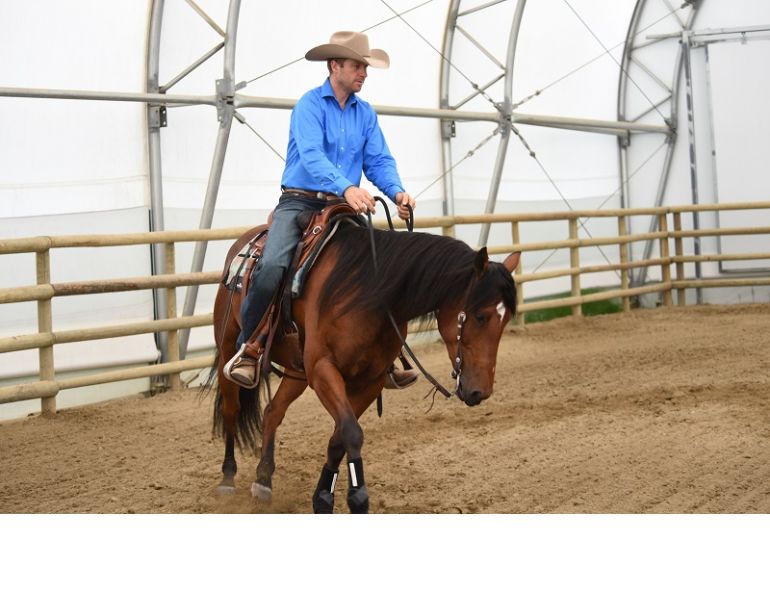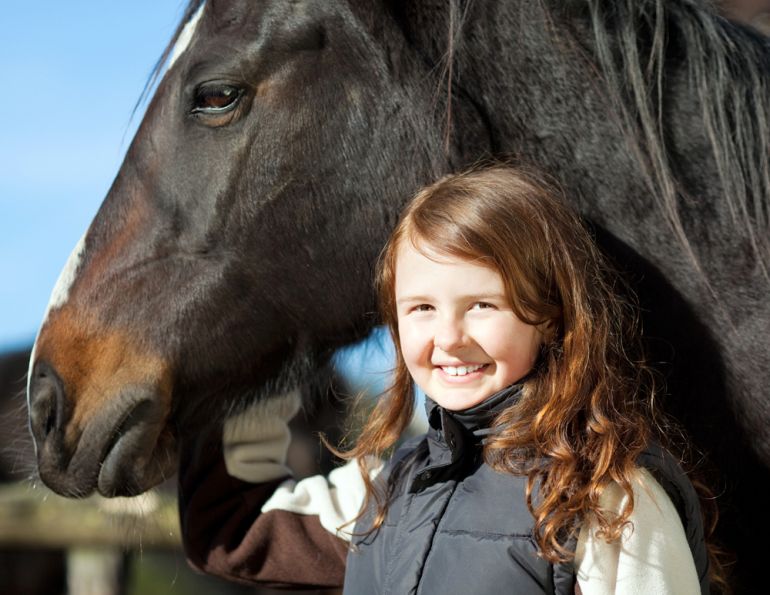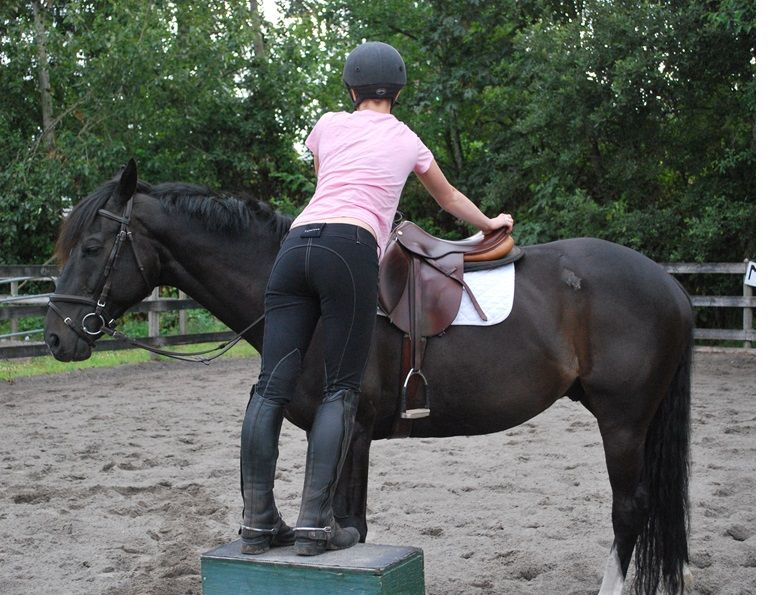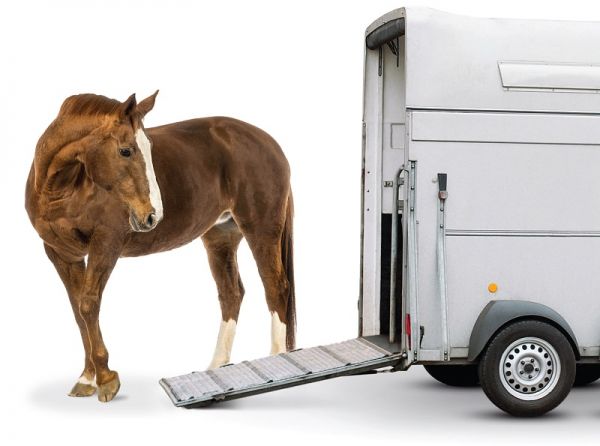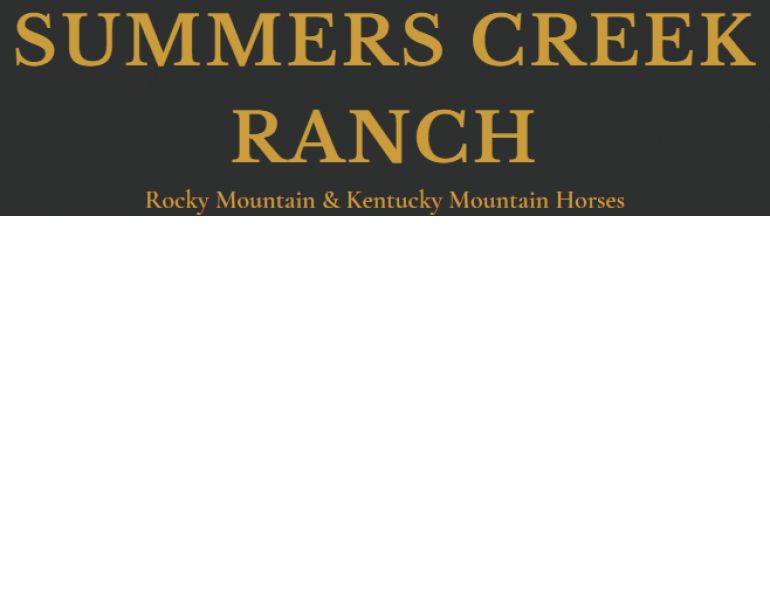By Lindsay Grice
Q: I’ve heard you say lunging is beneficial, but I’m more confident just getting on and “trotting the bugs out.” When lunging at a horse show, my horse frequently turns around on me, or is so distracted that I’m scared he might run into another horse. Also, isn’t lunging stressful for the horse’s legs?
A: I feel very strongly about the positive effects of lunging, both for the rider and for the horse. It is worth perfecting the skill!
For the rider
I have learned so much about horses by lunging. I’ve learned to “read horse” by studying their reactions and body language, and noting subtle signs of stress, relaxation, aggressiveness, and exuberance. I have been able to compare the movement of hundreds of different horses, pinpointing strengths and weaknesses in their ways of going. Like a bank teller who handles countless “sound” bills will be quick to detect a counterfeit, it’s in watching the profile of so many sound horses that even a subtle lameness will be noted by the rider who lunges. Such minor unsoundness can be missed under saddle.
Through the lunging process, I establish myself as a leader whose body language needs to be watched at all times. I frequently see capable riders who aren’t horsemen – they’ve skipped the groundwork necessary to teach them the subtleties of horse language – advance and retreat, ask and withdraw.
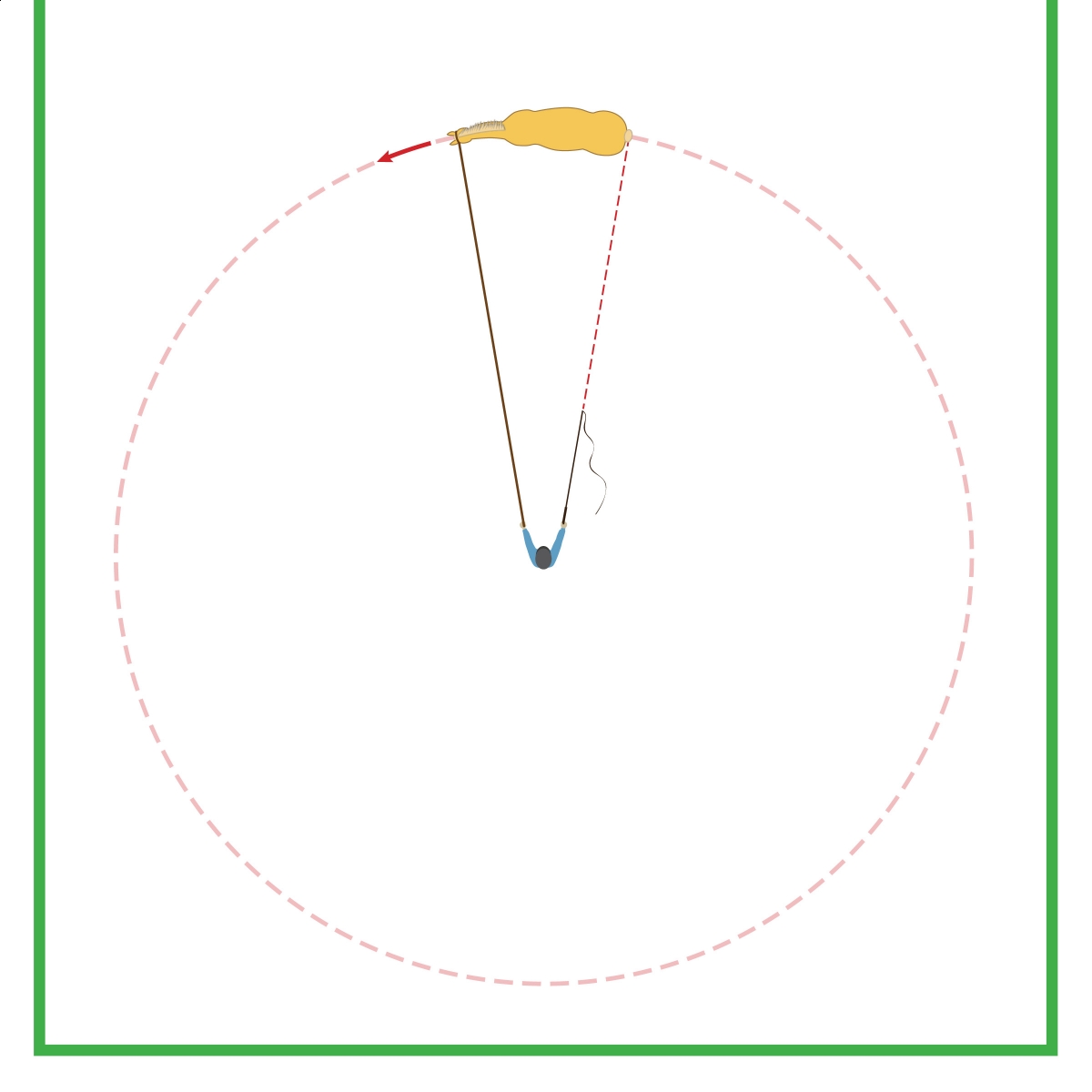
The horse's body, lunge line, and lunge whip should create a triangular form, with the handler as the apex of the triangle opposite the horse.
And mostly, lunging has kept me safe! I won’t climb aboard a horse that’s distracted, resistant to pressure, or way too fresh. In short, I want him to be mentally ready to answer yes to my every request by the time I mount up. Otherwise I’m setting the horse up to ignore my cues like a Mom who wants to talk to her teen about his exam study plans while at Disneyworld.
For the Horse
If done correctly, lunging teaches a green horse to discipline, balance, and organize himself in a frame at all gaits and during transitions, without the added stress of a rider. By going back to these building blocks in his foundation at the start of a session, or in a new environment when he is experiencing sensory overload, will tell the horse to remember those skills he’s familiar with. The language we use on the ground extends to the conversation under saddle, both at home and at a horse show. Skipping training steps ultimately leads to having to step backwards in the process – a false economy.
Now let’s take a look at some lunge line lapses.
Out of control – This horse is oblivious to the trainer and whirls around at the pace of his choice, usually whinnying. Remember that groundwork is a time to remind your horse to respect and focus on you (the leader) no matter what the environment. When the alpha herd member sends the signal, the other horses move out of her space, and similarly your horse must retreat when you advance. When you move towards his shoulder and point your whip, make sure he steps away from you, widening the circle. Never step back from the horse to keep your lunge line taut – move him away from you. When you step and point your whip toward his hind end, you should expect him to accelerate promptly. If he ignores your cluck and raised whip, immediately flick him with the tassel, but only enough to wake him up, no stagecoach cracking!
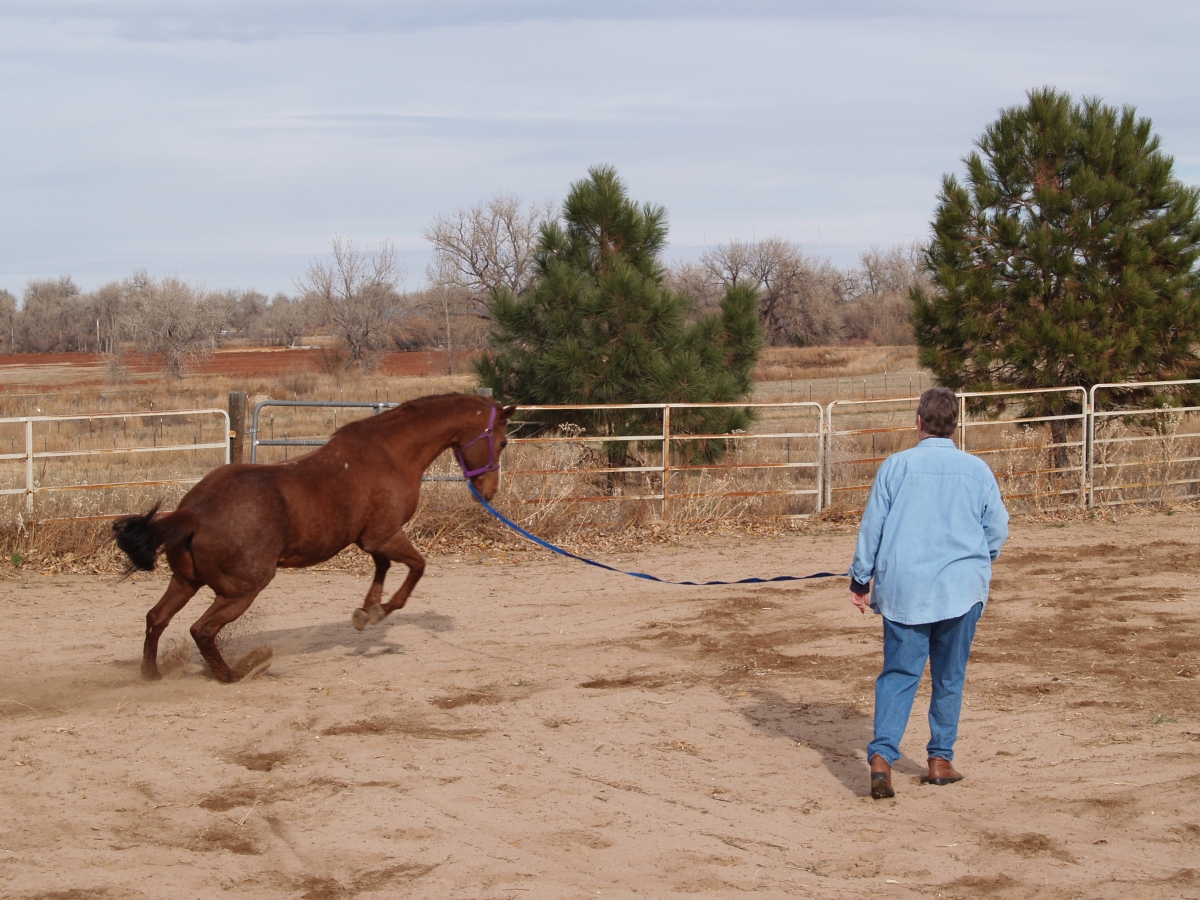
Photo: Louis/Wikimedia Commons
Horses can play and buck as much as they want out in the paddock, but ripping around on a tight circle in the arena or lunge ring doesn't further the training and can put excess strain on their joints.
His ears should always be tuned in to you, and checking in for your slightest voice commands. I like a horse to remain perpendicular to me when he stops. Turning in towards me opens the door to “fishtailing” the hind end and possibly turning around.
Mindless miles on the odometer – Here, lunging is simply exercise – a way to wear the horse down without giving any thought to the training. Instead, ask your horse lots of questions in your conversation to keep him connected to you: Will you move away from me? Will you move forward? Will you slow down? Add variation by changing your location and lunging around the perimeter of the ring.
Constant dialogue – Keep your commands simple. Horses understand tone, rather than the words themselves. Like The Boy Who Cried Wolf, chattering may so desensitize the horse to your voice that he won’t respond when you really mean it. In my program (fairly universal), a cluck means to move or accelerate, “whoa” is for a complete and immediate stop, kiss is for canter, and a long “aahh” sound (as in waaaaaalk or traahht) signals a downward transition. Any voice commands that my horse ignores will be reinforced with my whip or pressure from my lunge line.
Tug of war – I insist that the horse find his own balance and not pull on me – the lunge line is always slack between us. Leaning on my hand will teach him to lean on my aids under saddle. Using a chain across the nose gives me more control if I need it, and I am very careful that my hand communicates a thoughtful “resist and release” so that my horse feels no pressure from the chain as long as he stays within the perimeter of the circle.
Fishtailing and “playing” – My horses can save their bucking for the paddock. Research shows that, as prey animals, the faster a horse’s legs go, the faster his heart beats and adrenaline pumps. So, expressing the flight response makes a hot horse even hotter. A fresh horse should trot all he wants, but it’s ripping around on a tight circle that causes strain to the joints. I keep my horses straight by travelling in long straight lines if possible (more like line driving) and using side reins to “keep his train cars on the track.”
Focused and purposeful lunging is a great horse training tool, helping to keep you safe and your horse sound!
To read more by Lindsay Grice on this site, click here.
Main Photo: Christina Handley Photography - Correct lunging teaches the horse balance, self-carriage, and discipline, and gives the handler the opportunity to learn more about the horse by reading his body language.



